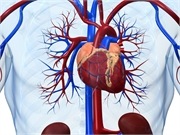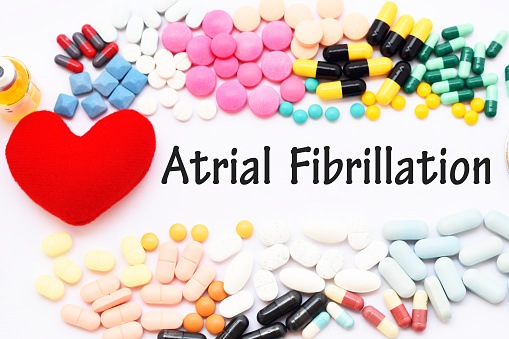
A study, presented at the American Heart Association’s Quality of Care and Outcomes Research Scientific Sessions 2021, reviewed the number of adults with heart failure who enrolled in cardiac rehabilitation both prior to, and after Medicare reimbursement was expanded in 2014. Researchers found that less than 10% of eligible patients actually engaged in rehab treatments.
Investigators analyzed claims data of 849,054 Medicare fee-for-service beneficiaries, 65 years of age and older, who had heart failure with reduced ejection fraction from 2008 to 2017. Their findings included:
- Nearly 34,200 people attended cardiac rehab during the full study period (about 4% of the study population).
- Between 2008 and 2014, cardiac rehabilitation use increased from 3.30% to 4.30%, about a 5% relative increase year-to-year.
- After Medicare expanded coverage for people with heart failure with reduced ejection fraction, rates of cardiac enrollment increased from 4.30% to 5.54%, between 2014 and 2017, a relative increase of about 10% year-to-year.
Despite the increase of cardiac rehab enrollment after the 2014 Medicare update, the study’s authors noted that the absolute enrollment rate in cardiac rehabilitation remained low.
“Based on the current data, more than 90% of people with heart failure will not receive a treatment that could improve their health and survival,” said lead study author, Vinay Guduguntla, MD. “Our study highlights insurance coverage as one important factor that impacts increasing cardiac rehabilitation participation. Future work should aim to identify and address all barriers to enrollment and find creative solutions to this complex problem,” Guduguntla concluded.







 © 2025 Mashup Media, LLC, a Formedics Property. All Rights Reserved.
© 2025 Mashup Media, LLC, a Formedics Property. All Rights Reserved.